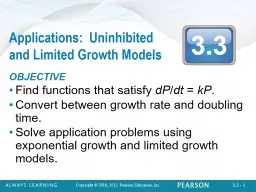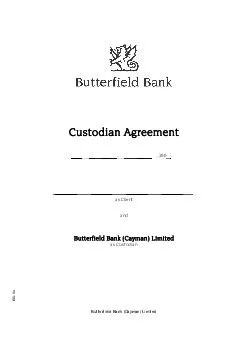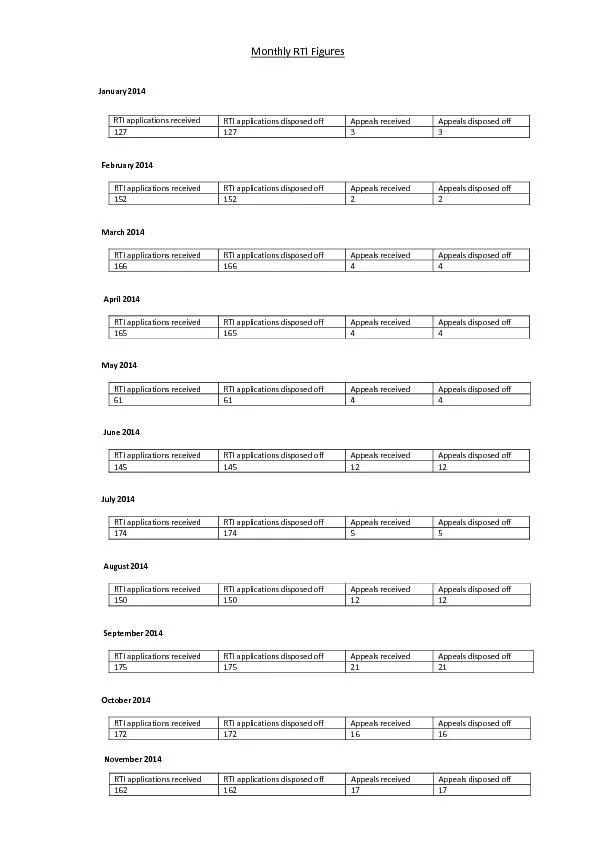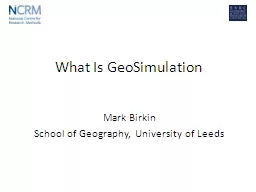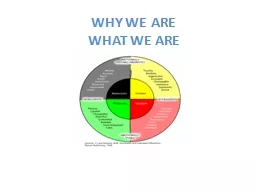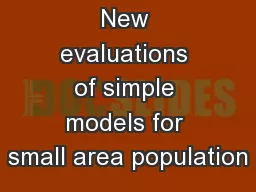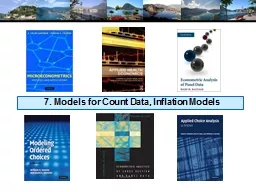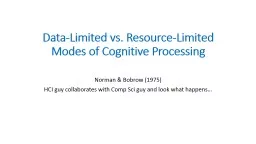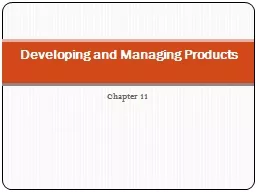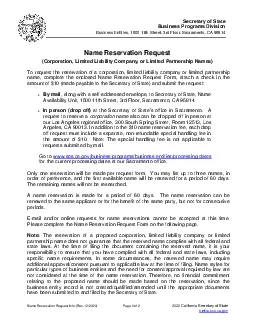PPT-Applications: Uninhibited and Limited Growth Models
Author : olivia-moreira | Published Date : 2017-11-09
OBJECTIVE Find functions that satisfy dP dt kP Convert between growth rate and doubling time Solve application problems using exponential growth and limited
Presentation Embed Code
Download Presentation
Download Presentation The PPT/PDF document "Applications: Uninhibited and Limited G..." is the property of its rightful owner. Permission is granted to download and print the materials on this website for personal, non-commercial use only, and to display it on your personal computer provided you do not modify the materials and that you retain all copyright notices contained in the materials. By downloading content from our website, you accept the terms of this agreement.
Applications: Uninhibited and Limited Growth Models: Transcript
Download Rules Of Document
"Applications: Uninhibited and Limited Growth Models"The content belongs to its owner. You may download and print it for personal use, without modification, and keep all copyright notices. By downloading, you agree to these terms.
Related Documents

